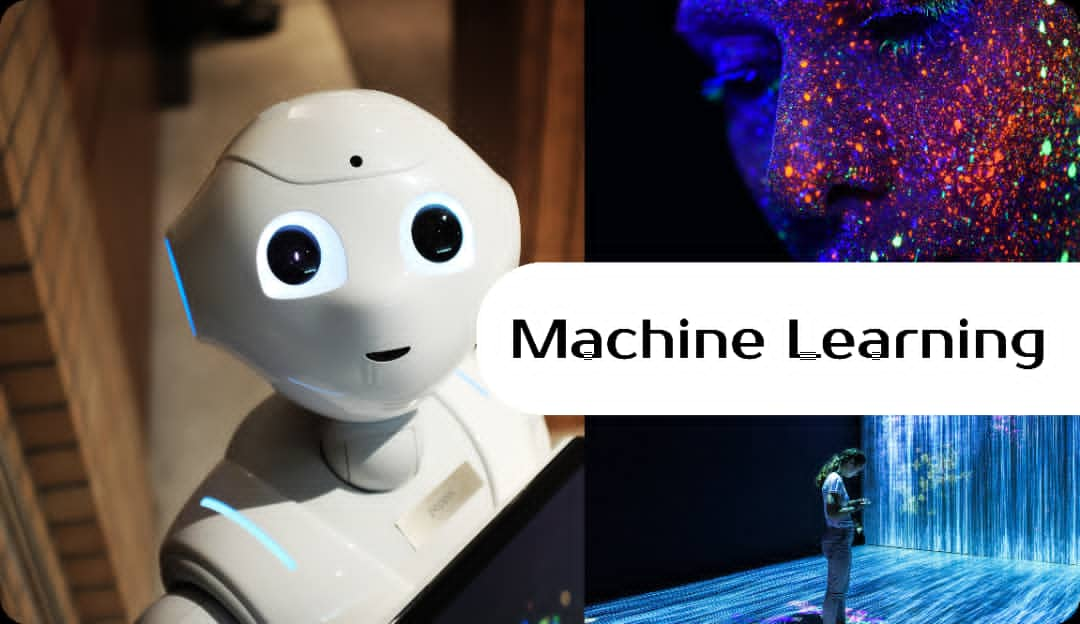
Introduction to Artificial Intelligence
What is AI and what can it do?
Artificial Intelligence has been in existence for decades. However, it is only in the last couple of years that we have seen a paradigm shift in the way businesses have started using AI to drive their processes. From chatbots that assist customers in service-related issues to robots that perform complex operations in industrial settings, AI is being used in almost every industry. That being said, the introduction of AI into a business ecosystem does not just mean that the technology will operate on its own. It is the business that needs to understand the types of AI that can be used and how they can be implemented in the right manner. After all, AI is only as good as the data fed to it. With the kind of growth that Tech giants like Google, Apple, and Amazon are experiencing, it's no surprise that many business owners want to implement some form of artificial intelligence in their business. That said, it is difficult to know where to start when it comes to implementing something that will have such a large impact on a business.
Introducing Machine Learning, a branch of Artificial Intelligence that is everywhere in the modern world.
What is machine learning?
"Machine learning" is a buzzword that makes most people's eyes glaze over. But what it really means is that you can now use computer programs to do things like recognize faces in pictures, predict the weather, or drive cars. AI is nothing new, but thanks to recent advancements in technology, it's becoming a lot more accessible to everyday developers. Machine Learning involves the development of computer programs that can access data and operate automatically through predictions and detections. This allows computer systems to adapt continuously to new situations and improve with experience.
What are the Different types of machine learning?
Machine Learning is itself complex, which is why it is divided into three sections, supervised learning, unsupervised learning, and reinforcement learning. Each section has a specific purpose and action within Machine Learning, utilizing certain types of data.
Supervised learning
A supervised learning process makes use of known data or labeled data, so the learning is supervised, i.e., directed toward a successful outcome. Some algorithm currently used for supervised learning are;
· Polynomial regression
· Random forest
· Linear regression
· Logistic regression
Unsupervised learning
In unsupervised machine learning, unlabeled data can be used. In this way, human labor is not necessary to make the dataset machine-readable, meaning the program can handle larger datasets. As supervised learning is concerned, the labels are used by the algorithm to discover the nature of the relationship between two data points. In contrast, unsupervised learning does not have labels on which to work, so it creates hidden structures. A dynamic change in hidden structures can be used to adapt unsupervised learning algorithms to the data instead of a fixed problem statement. Compared to supervised learning algorithms, this provides more opportunities for post-deployment development.
Reinforcement learning
This directly draws inspiration from the way human beings learn from data in their daily lives. Reinforcement learning takes advantage of the psychological principle of conditioning by introducing the algorithm into a work environment with an interpreter and a reward system. It is the interpreter who decides whether or not the outcome is favorable at the end of every cycle of the algorithm.
WHY IS IT IMPORTANT?
In the tech industry, it is essential to have a good understanding of artificial intelligence and machine learning. Working knowledge of AI is necessary to stay relevant in today's dynamic technology world, considering that it is pervasive. A new trend in artificial intelligence development has reached a midpoint in the adoption curve for corporations thanks to cloud platforms and the exponential expansion of the field. This makes AI an attractive career opportunity for those with the capability and experience to take it up. Because this field combines computer science, statistics, and logical thinking, it offers a wealth of opportunities for new entrants. There are a variety of positions available for aspirants across sectors, including data scientists, machine learning engineers, and AI developers.
Hot Picks




0 Comment